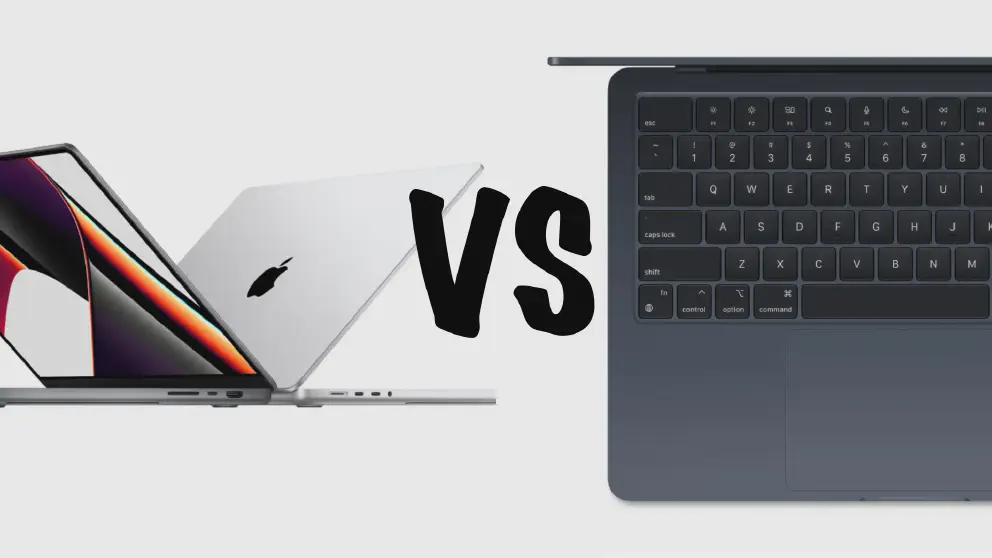When Steve Jobs came back to Apple, he revamp the entire product line. Famously, he went to blackboard and made a 2 by 2 table which the columns would be who will be using the Macs, either consumers or professionals, while the lines would be what kind of Macs it would be, a desktop or a laptop. That table that Steve Jobs drew in the late 90s pretty much guided Apple’s product roadmap for the next 20 years and its strong influence can still be felt today.
Now, fast forward to 2022, around 11 years after Tim Cook become the CEO of Apple, you can say things changed a bit. Apple moved to their own Apple Silicon and Macs are more powerful than ever. There’s a lot of talk that the consumer and professional Macs now are so close together and there’s basically no clear separation between professional and consumer Macs. For that, we investigate the claim by putting a nicely specced MacBook Air at $1,599 with a base MacBook Pro at $1,999. We’ll show what a $400 price difference will bring you.
MacBook Pro
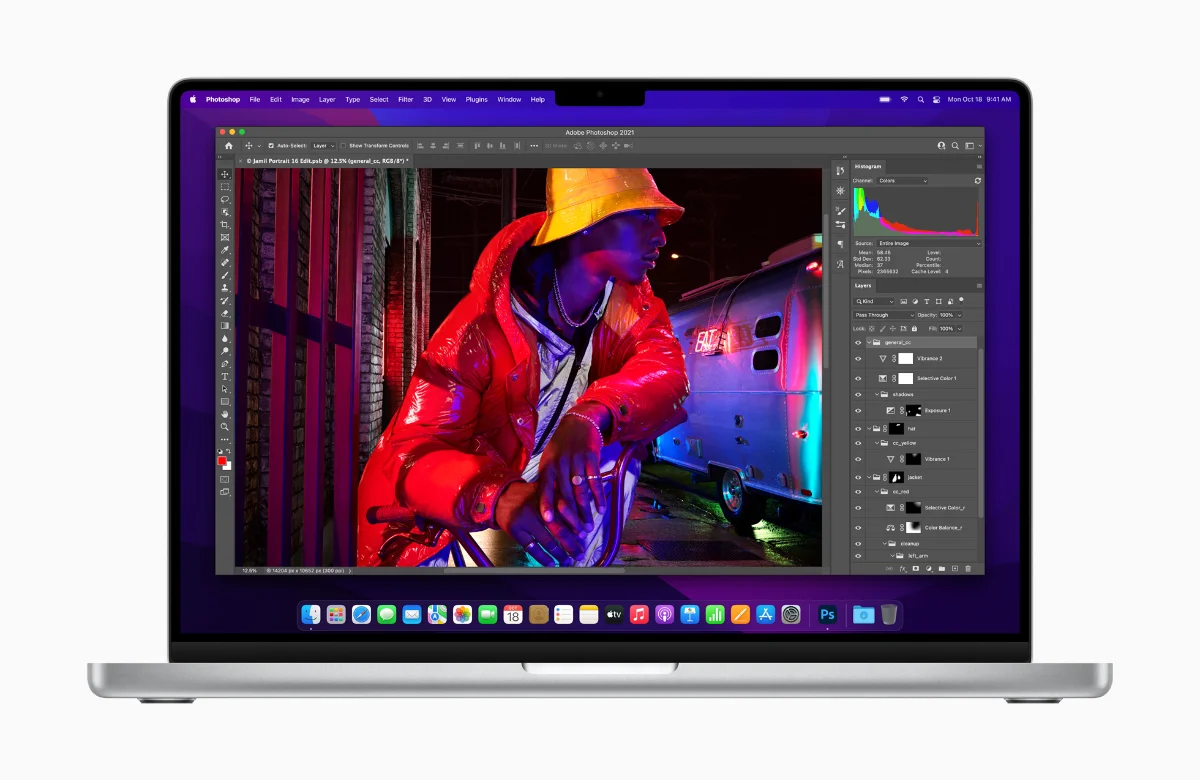
The MacBook Pro was launched in late 2021 and with much fanfare because it has a lot of first: first redesign of a Mac laptop which is thicker than the predecessor, first professional grade Apple Silicon with the introduction of M1 Pro and M1 Max, first Macs that comes with Media engine to handle heavy duty image and video processing. It was an instant hit amongst professionals who were still holding from buying what some people say, the dumpster fire of MacBook Pro with Touch Bar.
The base $1,999 MacBook Pro, you will get the 14-inch version with a very binned M1 Pro, which only activates 8 out of 10 compute cores and 14 out of 16 graphic cores. You still get the 16-core neural engine, media engine the handles 3x 8K ProRes stream, and a display engine to handle more external displays. For a base laptop you have a decent amount of memory and storage, which is 16GB and 512 GB respectively.
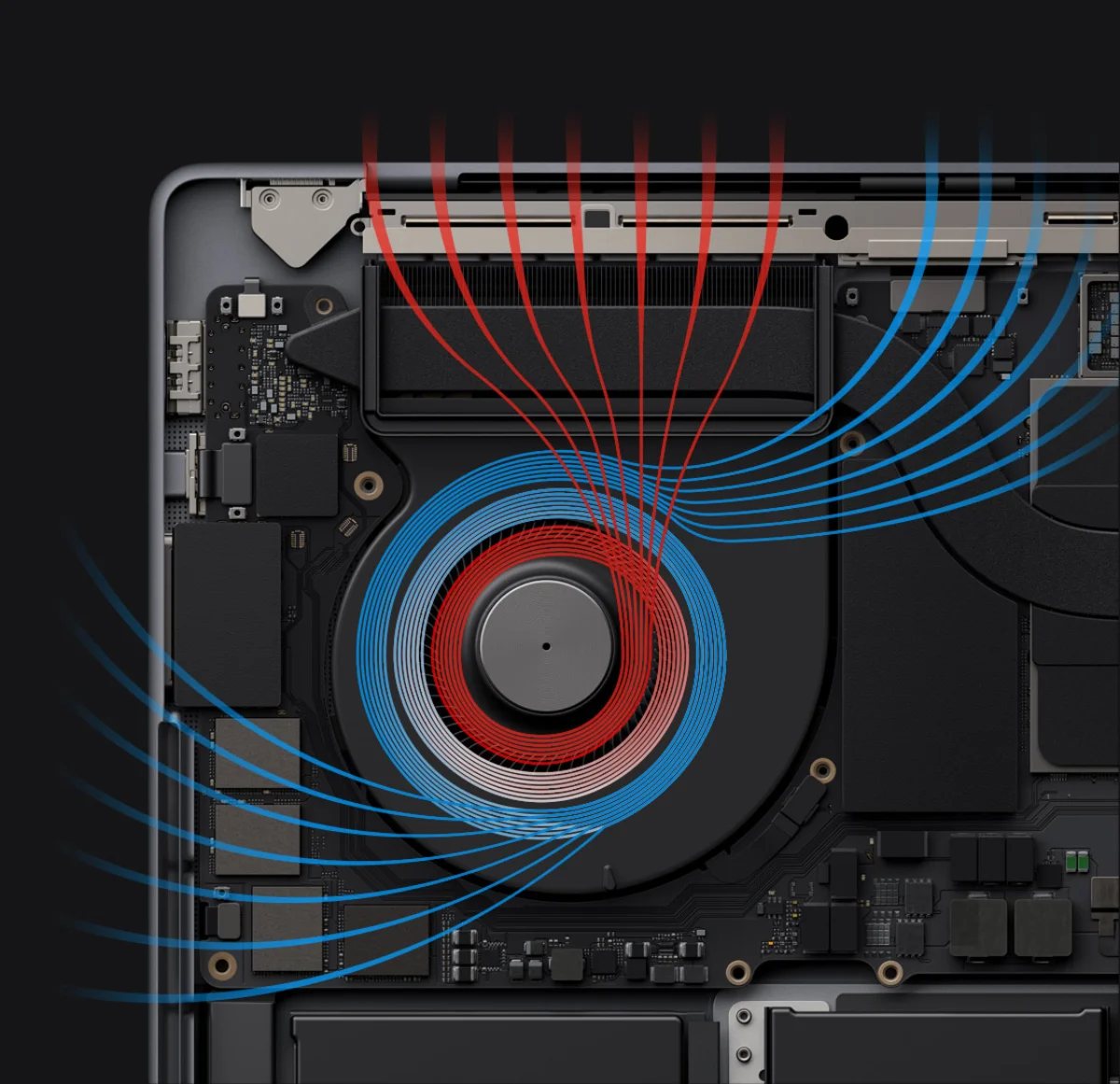
Despite the 2022 MacBook Air having the newer generation of Apple Silicon with M2, the M1 Pro is no slouch. The Media Engine in the M1 Pro is still more beefed up than the M2, which makes me believe that they are using the same Media Engine that is developed for the iPhone 13 Pro. The display engine in the M1 Pro allows the MacBook Pro to connect to two 6K monitors instead of a single one that you get in the MacBook Air.
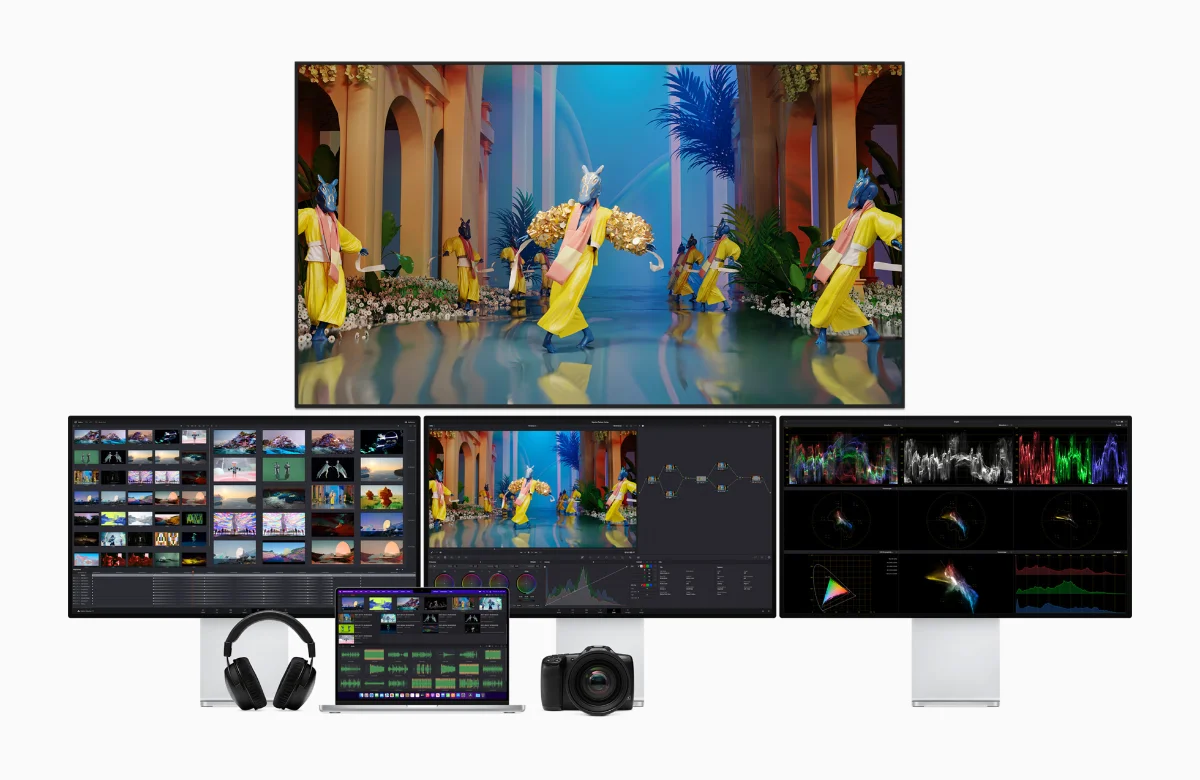
Despite the M2 having double the memory bandwidth to 100GB/s, the. M1 Pro still has a bigger pipe at 200 GB/s. So in memory intensive tasks, the MacBook Pro still can perform better than the newer M2 chip.
Now for the hardware itself, the thicker chassis enables the keyboard to flex less, not to say that the MacBook Air does not feel solid, but you can feel the difference. The MacBook Pro screen is also bigger, brighter and supports ProMotion (it can adjust its refresh rate to 120 Hz). The webcam is basically the same on both, which is to say decent.
If sound is important to you, then you will appreciate the beefier sound from the speaker setup on the MacBook Pro. Apple sound engineers are one of the best in business, but you still can’t beat physics: a bigger chassis means a richer sound.
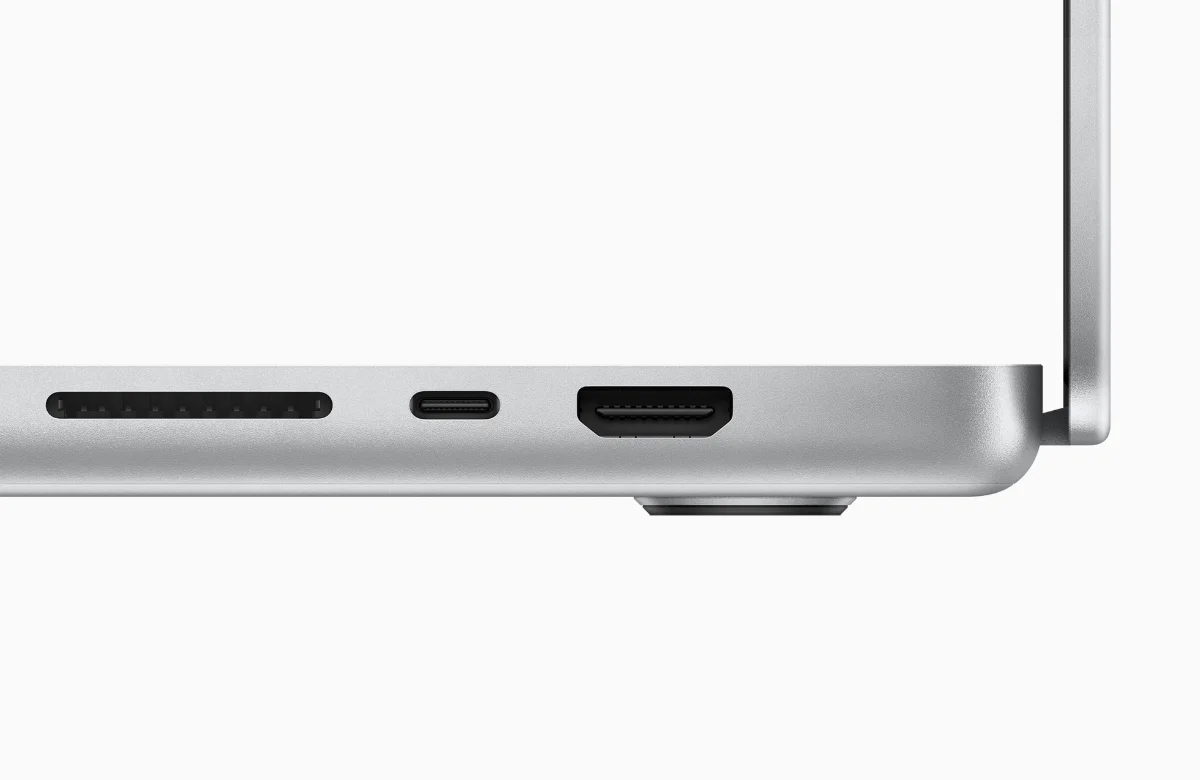
And the ports: galore! Instead of a MagSafe and 2 USB-C ports, you’ll get three!! USB-C ports, a HDMI port and a SDXC port. Not to mention that the MagSafe has a slightly better fit because the MacBook Pro is thicker. With a bigger chassis, Apple can fit a bigger battery so the laptop will last longer and you do not need to charge it as often.
But of course, engineering is about trade off. To put all these features in a single computer, you will need a subtainstal packaging. You will feel the heft and weight of the MacBook Pro. Once you have to lug the MacBook Pro, the MacBook Air will feel like a feather. As the saying goes: more pounds mean more pain.
MacBook Air
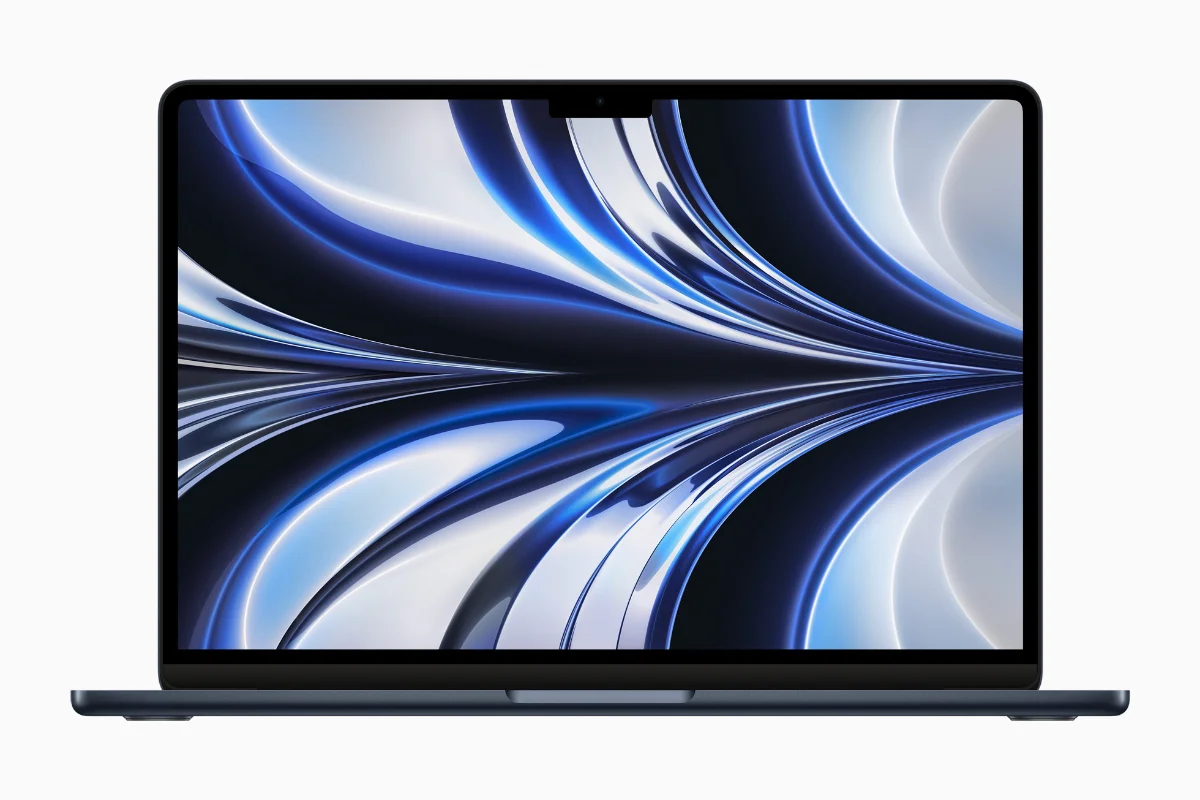
The problem of a consumer laptop is that all manufacturers has to build a very usable laptop to a certain price point that consumers are willing to buy. Unlike professionals who think of their laptops as tools of the trade and willing to invest, consumers tend to think laptops like the MacBook Air a luxury item that you consume everyday. So basically, the consumer would like a laptop that does everything at a price point.
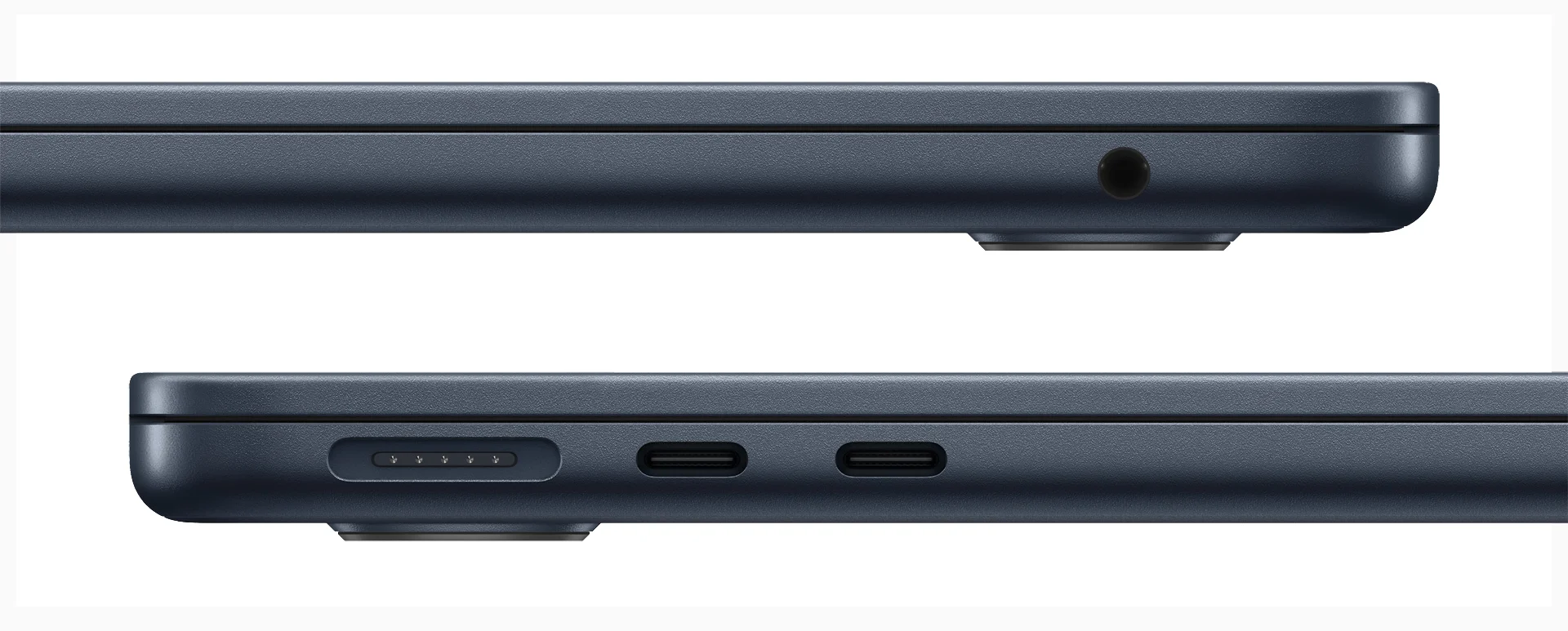
At $1,199, the MacBook Air barely offers much: 8 GB of memory and 256 GB of storage. It will allow you to do what you need to do, but you will hit a performance wall very quickly. Memory will fill up quickly, which means storage is needed and this kind of saturation would accept overall performance. A better option is to spec the MacBook Air to 16 GB of memory and 512 GB of storage, which brings the price to $1,599. At this price point, you are just around $400 away from getting a base 14-inch MacBook Pro.
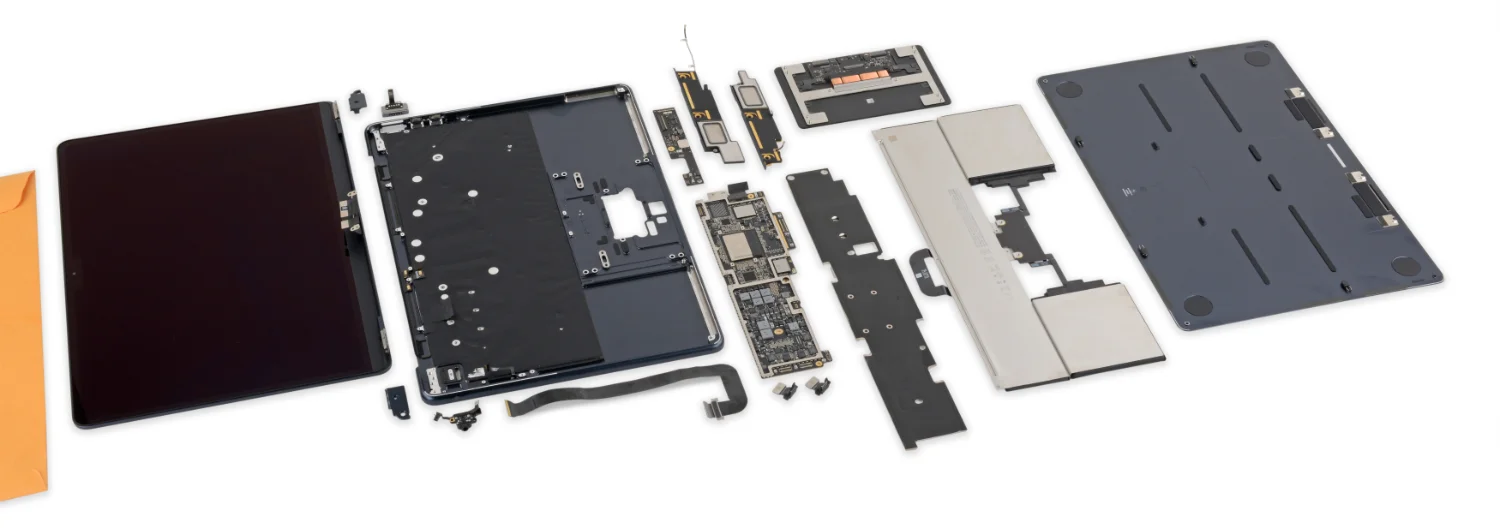
But engineering is all about trade-offs. Yes, as mentioned before, you get a lot of things for that extra $400. But the MacBook Pro is bulkier and heavier than the MacBook Air. And M2 might overall be weaker than a M1 Pro, but its single core performance is still higher thanks to a tweaked design. But put it mildly, if you are not constantly throttling down the M2 with your workflow, you will not see any difference in performance in the MacBook Pro and you will complain about the heftiness and bulkiness of the MacBook Pro if you have to lug it around all day.
While there is no argument that the MacBook Pro has the better screen, speakers and arguably keyboard, this does not mean that the MacBook Air screen, speakers and keyboard is bad. In fact, MacBook Air has one of the best peripherals on the market. Not top of the line, but pretty high up. So basically you get 95% of the performance of the MacBook Pro at 75% of the price. So a bargain one might argue.
Conclusion
So despite both the consumer and “professional” Apple Silicon and Macs are cut from the same cloth, there is still no doubt that Apple clearly differension between the consumer and professional laptops in both pricing and performance. While one might gripe that the pricing part is closer now, this is because Apple launched a brand new redesign of the MacBook Air. If history is anything to go by, Apple will hone down the supply chain and manufacturing efficiencies which will translate to lower cost which, if Apple sticks to historical measures, pass the savings to the end users.
So which one is the right one for you? It depends on your use cases
Get the MacBook Air … you love carrying a light but very capable laptop in your hands. If your workflow does not involve rendering videos that is long or complicated, or making music which hundreds of plug-ins or compiling multi-gigabytes of program code on every build, then you would not see much difference between the MacBook Air and the MacBook Pro, so just get the MacBook Air if you are one of these people.
Get the MacBook Pro if … if you need performance in a small package. One prominent Youtuber once packed an iMac Pro cross-country every time he covered a tech event. He does this because at that time, only the iMac Pro meets his video editing needs. Now, all he does is just bring the 16-inch MacBook Pro. That is how far Apple has gone to town with the Apple Silicon and they are just getting started. But just as stated before, packing that much heat in a smallish chassis means the laptop is hefty, heavy and unwieldy. Not ideal if you are a road warrior working on sales presentations and such.
So do a survey on your workflow and the answer to the question is much clearer. Do take note that if you are not pushing your MacBook Air to the limit, you most lightly won’t be pushing your Macbook Pro at all.
Plug
Support this free website by visiting my Amazon affiliate links. Any purchase you make will give me a cut without any extra cost to you
- Mac Mini M1 - Amazon USA / Amazon UK
- iMac 24" M1 - Amazon USA / Amazon UK
- Mac Studio - Amazon USA
- MacBook Air M1 - Amazon USA / Amazon UK
- MacBook Pro 13" M1 - Amazon USA / Amazon UK
- MacBook Pro 14" M1 Pro / M1 Max - Amazon USA / Amazon UK
- MacBook Pro 16" M1 Pro / M1 Max - Amazon USA / Amazon UK
- Accessories:-
- Wireless earphones / headphones:-
- AirPods - Amazon USA / Amazon UK
- AirPods Pro - Amazon USA / Amazon UK
- AirPods Max - Amazon USA / Amazon UK
- Buyer's Guide:-
